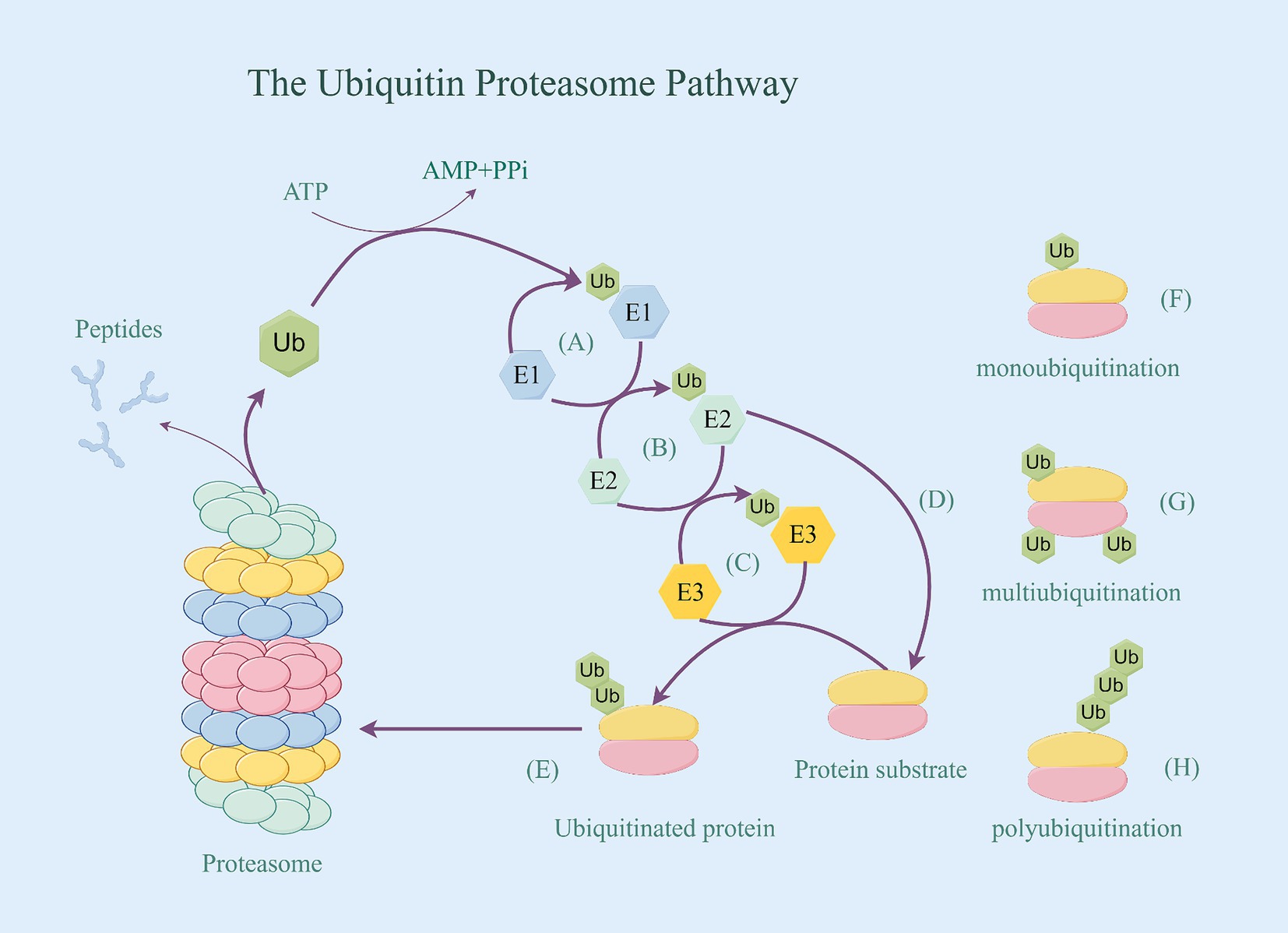
Fresh Perspectives on Alzheimer’s Disease: The Importance of TYK2 Enzyme in Tau Protein Buildup
Alzheimer’s disease continues to be one of the most intricate and difficult neurological disorders to manage worldwide. Central to this difficulty is a vital protein known as tau, which usually aids in the healthy functioning of the brain but can, under certain conditions, become detrimental by fostering harmful accumulation within neural cells. A recent groundbreaking finding has illuminated how this change occurs, offering new optimism for forthcoming therapies.
### A Protein’s Dual Identity
Tau is crucial for maintaining brain health, as it helps preserve the structure and organization of cells. Typically, tau stabilizes microtubules—support structures for cells, facilitating the transport of materials within neurons. However, in Alzheimer’s disease, tau undergoes modifications that render it harmful, causing it to aggregate within the brain. Over time, these toxic formations disrupt cognitive functions, leading to neurodegenerative damage.
For years, researchers have recognized that tau buildup—and not merely amyloid plaques—is a significant characteristic of Alzheimer’s disease. Yet the specific processes by which tau transforms into a detrimental entity remained elusive until now.
In a recent publication in *Nature Neuroscience*, **Dr. Ji-Yoen Kim** and her team from Baylor College of Medicine uncovered a crucial insight. The enzyme **TYK2** is instrumental in chemically altering the tau protein, resulting in its accumulation and swift degeneration in Alzheimer’s disease.
### Deciphering the Enigma of Tau Buildup
Dr. Kim’s team concentrated their investigation on **TYK2 (Tyrosine kinase 2)**—an enzyme recognized for its regulation of various immune responses but now emerging as a key player in modifying tau. Utilizing a mix of human cell models and mouse neurons, the researchers found that TYK2 adds **phosphate groups** to a critical site on the tau protein: **Tyrosine 29**. This modification, known as **phosphorylation**, significantly alters tau’s behavior.
“Numerous studies have indicated that tau accumulates in neurons and other brain cell types in Alzheimer’s disease, as well as in at least two dozen other neurological conditions,” Dr. Kim noted. “Our research indicates that when TYK2 phosphorylates tau at Tyrosine 29, it contributes to stabilizing the tau protein, hindering its removal via the cell’s natural recycling process called **autophagy**.”
Autophagy entails a cellular mechanism that dismantles and eliminates unnecessary or malfunctioning components. Through phosphorylating tau, TYK2 effectively makes the protein resistant to autophagy, leading to the buildup observed in Alzheimer’s disease.
### From Discovery to Prospective Therapy
While identifying TYK2’s vital role in tau regulation is critical for understanding Alzheimer’s pathology, it also presents a promising new pathway for therapeutic developments.
The research progressed beyond mere identification. When the team **partially inhibited TYK2 activity** in mouse models genetically designed to exhibit Alzheimer’s-like symptoms, they noted a significant reduction in tau accumulation. The mice displayed not only lower tau levels in their neurons but also fewer toxic clusters. This suggests that **TYK2 inhibitors**—some already developed for other medical conditions—could be repurposed as a potential remedy for reducing tau levels in Alzheimer’s disease.
Dr. Huda Zoghbi, co-author and Director of the **Duncan Neurological Research Institute (NRI)** at Texas Children’s Hospital, perceives this as a promising starting point. “Although extensive work is necessary to fully comprehend the therapeutic potential of TYK2 inhibition, it’s encouraging that TYK2 inhibitors have already undergone human trials for other diseases,” Zoghbi highlighted. “This could considerably expedite the testing process for Alzheimer’s patients.”
### Moving Forward
While additional research and clinical trials are essential to confirm the safety and efficacy of TYK2 inhibition for Alzheimer’s patients, these groundbreaking discoveries suggest a potential new approach: reduce TYK2 activity to hinder tau accumulation. Building on this, forthcoming research may investigate how inhibiting TYK2 influences cognitive function, disease progression, and long-term outcomes for individuals with Alzheimer’s disease.
This revelation also prompts broader inquiries into TYK2’s role in other tau-related neurodegenerative disorders, such as **frontotemporal dementia, Pick’s disease**, and **progressive supranuclear palsy**. Could TYK2 inhibition also serve as a universal approach to tackling tau-related pathologies in these conditions?
### Conclusion
The newly recognized function of TYK2 in modifying tau, resulting in its accumulation, paves the way for an exciting new domain in Alzheimer’s research. While there are still questions regarding the long-term effects of TYK2 inhibition, the prospect of utilizing existing TYK2 inhibitors for Alzheimer’s treatment is a significant opportunity.